Mughal Empire in India
A large portion of South Asia was under the rule of the Mughal Empire, an early-modern empire, between the 16th and 19th centuries. The empire spanned a period of around 200 years, extending from the western margins of the Indus river basin, northern Afghanistan, and Kashmir in the north, to the highlands of modern-day Assam and Bangladesh in the east, and the uplands of the Deccan Plateau in south India.
Mughal Empire History
According to conventional wisdom, Babur, a warrior chieftain from what is now Uzbekistan, established the Mughal empire in 1526 after using assistance from the Safavid and Ottoman sultanates to defeat Ibrahim Lodi, the sultan of Delhi, in the First Battle of Panipat and conquer the North Indian plains. However, the Mughal imperial building has occasionally been assigned a date of 1600, under the reign of Akbar, Babur’s grandson.
This imperial organisation persisted until 1720, just a few years after the passing of Aurangzeb, the final great emperor, under whose rule the empire expanded to its greatest extent. After the Indian Rebellion of 1857, the empire was formally abolished by the British Raj, being reduced afterwards to the area in and around Old Delhi by 1760.
- Despite being established and maintained through military conquest, the Mughal empire did not violently repress the cultures and peoples it came to rule.
- Instead, it equalised and appeased them through new administrative procedures and a diverse ruling elite, resulting in a more effective, centralised, and standardised system of government.
- The third Mughal emperor, Akbar, introduced agricultural levies, which served as the foundation of the empire’s overall prosperity.
- These taxes, which were paid in the tightly controlled silver money and represented well over half of a peasant cultivator’s yield, forced peasants and artisans to expand their markets.
- India’s economic growth was aided by the relatively calm the empire kept up for much of the 17th century.
- The Mughal courts became even wealthier as a result of the expanding European presence in the Indian Ocean and its rising demand for Indian raw materials and finished goods.
- Especially during Shah Jahan’s reign, the Mughal elite engaged in more ostentatious expenditure, which led to increased sponsorship of art, literature, textiles, and architecture.
- Agra Fort, Fatehpur Sikri, Red Fort, Humayun’s Tomb, Lahore Fort, Shalamar Gardens, and the Taj Mahal, which is referred to as “the jewel of Muslim art in India” and “one of the universally admired masterpieces of the world’s heritage,” are a few of the Mughal UNESCO World Heritage Sites in South Asia.
Mughal Empire Emperors
Following are the Mughal Emperors of the Mughal Empire:
Mughal Emperors: Babur (1526-1530)
- Babur, a monarch of Central Asia, established the Mughal Empire.
- Babur was a descendant of Genghis Khan on his mother’s side and the Turco–Mongol conqueror Timur (the founder of the Timurid Empire) on his father’s side.
- After being driven from his home lands in Central Asia, Babur sought fulfilment in India.
- He established himself in Kabul and continued to advance via the Khyber Pass from Afghanistan into India.
- Ibrahim Lodi was defeated in the First Battle of Panipat in 1526 by Babur’s army.
- Babur abstained from alcohol before the war, broke the wine jars, and dumped the wine down a well in an effort to win the favour of the gods.
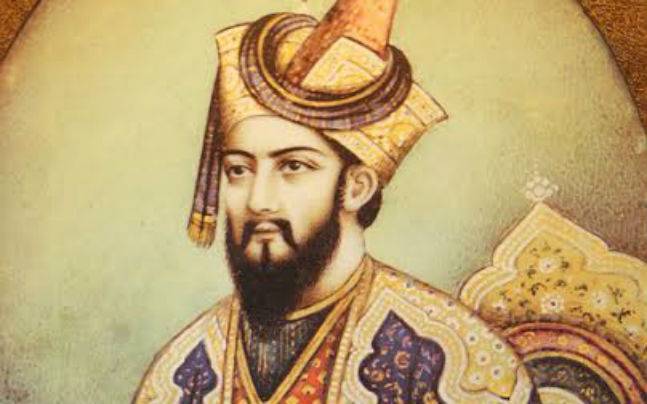
Although Lodi’s kingdom was at this point in its decline, Rana Sanga of Mewar’s capable governance over the Rajput Confederacy made it the most powerful entity in Northern India at the time. In the Battle of Bayana, he triumphed over Babar. However, the Rajput army under Sanga was routed by the Timurid forces of Babur in the crucial Battle of Khanwa, which took place close to Agra. As it decided the fate of Northern India for the following two centuries, this fight was one of the most important and significant in Indian history.
Mughal Emperors: Humayun (1530-1556)
- After the war, Agra replaced Kabul as the seat of Mughal power.
- However, the focus on fighting and military operations prevented the new emperor from building on his successes in India.
- Under his son Humayun, who was driven into exile in Persia by rebels, the empire’s instability became clear.
- Sher Shah Suri established the Sur Empire (1540–1555), which briefly replaced Mughal control.
- The Safavid and Mughal Courts developed diplomatic links as a result of Humayun’s exile in Persia, and Persian cultural influence grew in the later reconstituted Mughal Empire.
- Following his triumphant return from Persia in 1555, Humayun reestablished Mughal rule in various areas of India before passing away tragically the following year.
Mughal Emperors: Akbar (1556-1605)
- In the Rajput Umarkot Fort, to Humayun and his Persian princess wife Hamida Banu Begum, Akbar was born Jalal-ud-din Muhammad.
- Under the regency of Bairam Khan, who assisted in the Mughal Empire’s consolidation in India, Akbar ascended to the throne.
- Akbar was able to expand the empire in all directions and hold sway over virtually the whole Indian subcontinent north of the Godavari River through war and diplomacy.
- He instituted a contemporary government, fostered cultural advancements, and built a new ruling elite that was devoted to him.
- He expanded business with European trading firms.
- India’s economy grew robust and stable, resulting in business growth and economic development.
- By establishing a new religion, Din-i-Ilahi, which had pronounced traits of a ruler worship, Akbar strove to reconcile sociopolitical and cultural divisions in his empire while also allowing religious freedom at his court.
- He left his son with a country that was domestically secure and in the midst of a golden age, but political weakness would soon start to show itself.
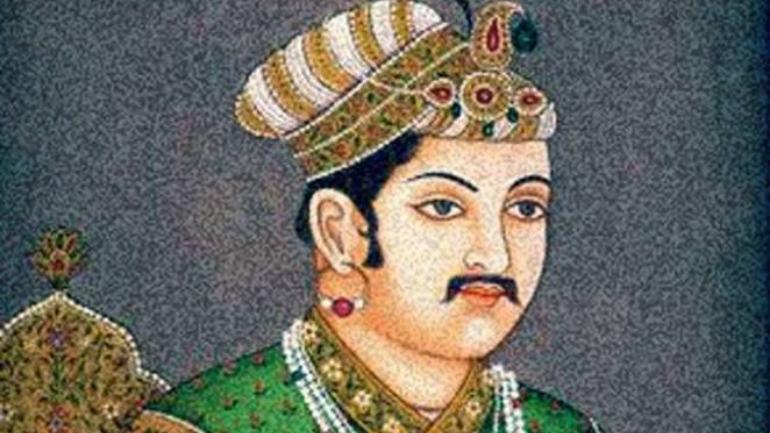
Mughal Emperors: Jahangir (1605-1627)
- Akbar and his wife Mariam-uz-Zamani, an Indian Rajput princess, had Jahangir.
- Salim was reared by the daughter of the Indian Sufi saint Salim Chishti, after whom he received his name.
- He “was addicted to opium, disregarded state business, and became a puppet of rival court cliques.”
- By exerting significant effort to win the allegiance of the Islamic religious establishment, Jahangir distanced himself from Akbar.
- He accomplished this by granting many more madad-i-ma’ash than Akbar did, for example. Unlike Akbar, Jahangir had disagreements with non-Muslim religious figures.
- In particular, the Sikh guru Arjan, whose murder marked the beginning of numerous disputes between the Mughal empire and the Sikh community, came into confrontation with Jahangir.
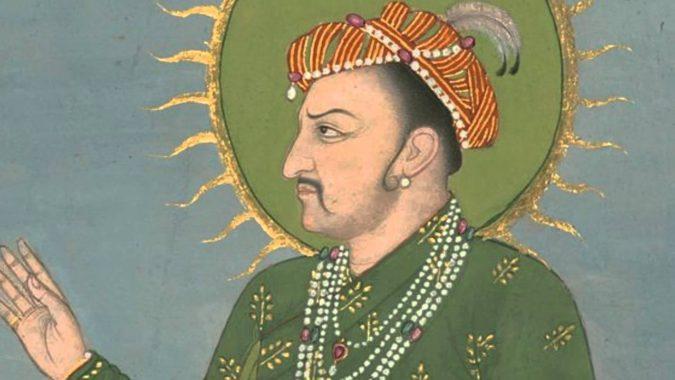
Mughal Emperors: Shah Jahan (1628-1658)
- Jahangir and his Rajput princess bride Jagat Gosain had Shah Jahan as their first child.
- The Mughal architectural era entered its golden phase during his rule.
- The Taj Mahal is a prime example of the splendour of the Mughal court at its height during Shah Jahan’s rule.
- However, the cost of keeping the court open started to outweigh the money collected.
- “The Golden Age of Mughal Architecture” was a term used to describe his rule.
- By overthrowing the Nizam Shahi dynasty and compelling the Adil Shahis and Qutb Shahis to pay tribute, Shah Jahan expanded the Mughal empire into the Deccan.
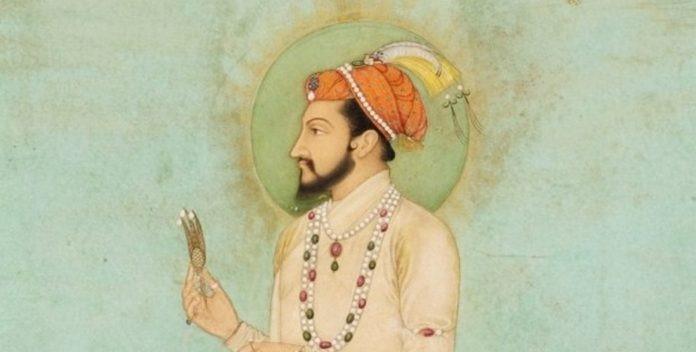
Mughal Emperors: Aurangzeb (1658-1707)
- Due to his father’s illness, Shah Jahan’s liberal eldest son Dara Shikoh took on the role of regent in 1658.
- Dara emulated his great-grandfather Akbar by promoting a syncretistic Hindu-Muslim civilization.
- But a younger son of Shah Jahan, Aurangzeb, took the throne with the backing of Islamic orthodoxy.
- Dara was put to death in 1659 after being defeated by Aurangzeb. Despite the fact that Shah Jahan recovered fully from his sickness, Aurangzeb kept Shah Jahan behind bars till his passing in 1666.
- The Mughal state was further Islamicized under Aurangzeb’s direction.
- In addition to compiling the Fatawa ‘Alamgiri, a compilation of Islamic law, he promoted conversion to Islam, reintroduced the jizya on non-Muslims, and encouraged conversion.
- In addition, Tegh Bahadur, a Sikh guru, was put to death by command of Aurangzeb, which resulted in the militarization of the Sikh community.
- From the standpoint of the Mughal emperor, local elites were absorbed into the network of shared identity that the monarch envisioned uniting different communities throughout the empire in submission to the Mughal emperor through conversion to Islam.
- When he passed away in 1707, “several parts of the empire were in open insurrection,” despite his efforts to expand the empire to nearly the entirety of South Asia.
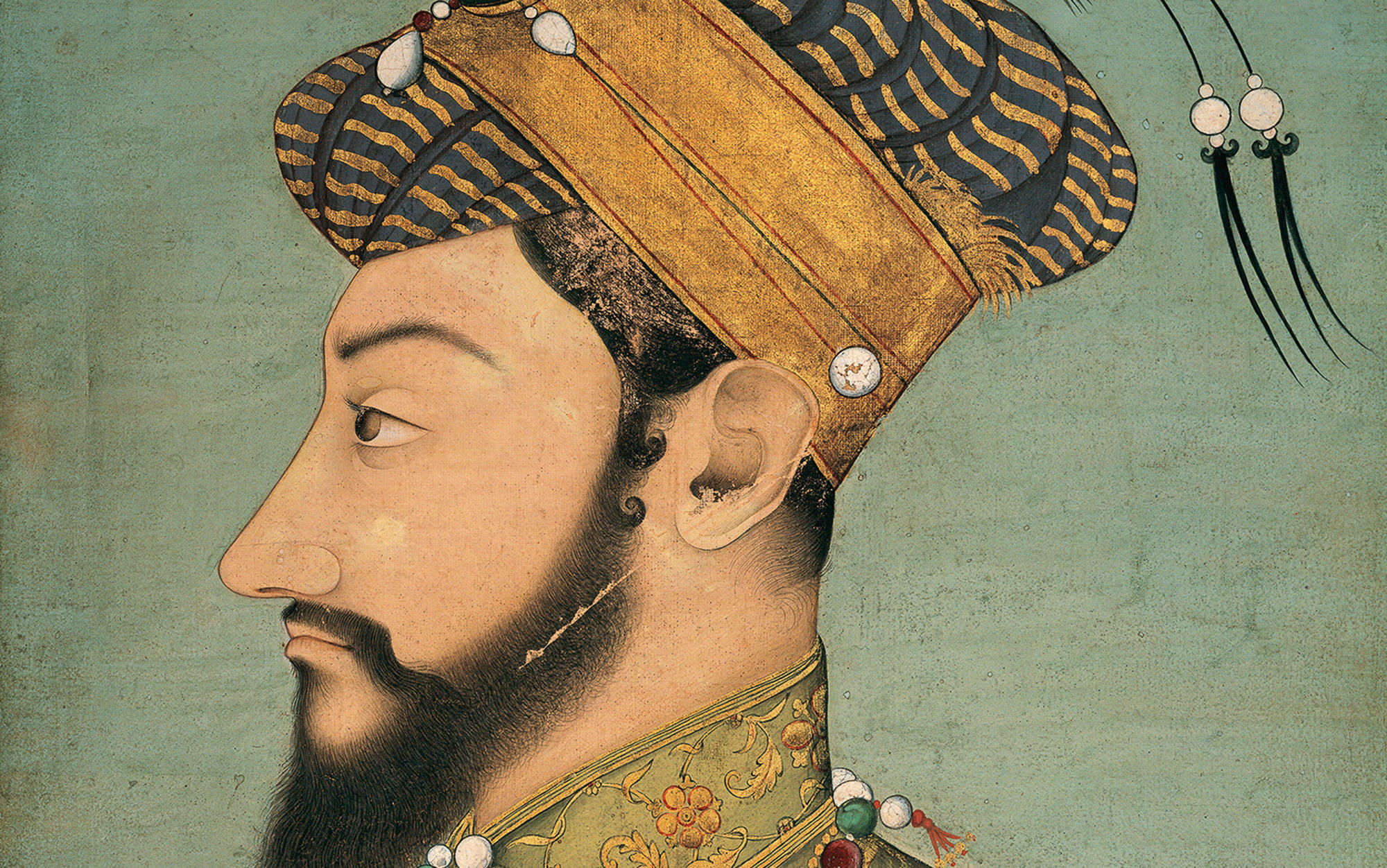
The Mughal Empire’s stability was allegedly threatened by Aurangzeb’s religious conservatism and intolerance, according to some historians. However, others dispute this claim, pointing out that Aurangzeb built Hindu temples, employed significantly more Hindus in the imperial bureaucracy than his predecessors did, and opposed bigotry against Shia Muslims and Hindus.
Mughal Empire: Later Mughals
- Bahadur Shah I, the son of Aurangzeb, overturned his father’s religious laws and made reforms to the government.
- “But upon his passing in 1712, the Mughal dynasty descended into anarchy and bloody wars.
- Four emperors succeeded one another in taking the throne in 1719 alone “under the control of the Indian Muslim Sayyid king-makers, as symbolic leaders.
- Large portions of central India were transferred from Mughal to Maratha control during the rule of Muhammad Shah, as the empire started to disintegrate.
- He pushed the Marathas to attack central and northern India while the Mughals attempted to stifle the Nizam’s independence in the Deccan.
- The culmination of Nader Shah’s distant Indian war, which had earlier restored Iranian suzerainty over the majority of West Asia, the Caucasus, and Central Asia, was the Sack of Delhi, which destroyed the last of the Mughal power and reputation.
- The elites of the empire split out to create their own autonomous kingdoms in an effort to take back control of their own affairs.
However, according to Sugata Bose and Ayesha Jalal, the Mughal Emperor remained the pinnacle of monarchical power. The Maratha, Hindu, and Sikh leaders joined the Muslim elite in officially recognising the emperor as the ruler of India.
The Bengal War and the Carnatic Wars, which resulted in defeat and the loss of territory, were caused by regional polities that were part of the Mughal Empire, which was becoming more and more dispersed.
The decline of Mughal Empire
The Maratha Empire and the Afghans fought in the Third Battle of Panipat in 1761 when the Mughal Emperor Shah Alam II sought the protection of Ahmed Shah Abdali after making fruitless attempts to halt the Mughal fall. The Marathas took back control of Delhi from the Afghans in 1771, and they were formally recognised as the emperor’s protectors in Delhi in 1784. This situation persisted up to the Second Anglo-Maratha War. The Mughal dynasty in Delhi was then guarded by the British East India Company.
Following the abolition of local rule, which lasted until 1858, the British East India Company assumed control of the ancient Mughal province of Bengal-Bihar in 1793, commencing the British colonial era over the Indian subcontinent. By 1857, the East India Company controlled a sizeable portion of the erstwhile Mughal Empire. The last Mughal, Bahadur Shah Zafar, was overthrown by the British East India Company and banished in 1858 following a humiliating defeat in the war he officially led in 1857–1858. By means of the Government of India Act 1858, the British Crown formally established the new British Raj over the Indian provinces previously held by the East India Company. Victoria, the British monarch, inherited the title of Empress of India in 1876.
Reasons behind the decline of Mughal Empire
- After a century of expansion and affluence, the Mughal Empire fell quickly between 1707 and 1720 for a variety of reasons, according to historians.
- The throne lost the financial resources required to pay its main officers, the emirs, and their attendants.
- As the widely dispersed imperial officers lost faith in the top leadership and struck their own agreements with local powerful men, the emperor lost his authority.
- The imperial army lost its spirit of resistance as a result of being involved in protracted, pointless wars with the more aggressive Marathas.
- Finally, a slew of bloody political conflicts erupted over the succession to the monarchy.
- Following the death of Emperor Farrukhsiyar in 1719, regional Mughal successor kingdoms seized control of successive territories.
- The early British historians used the lamentations of the decadence they had seen in the present to highlight the necessity for a British-led revival.
Mughal Empire Architecture
With the creation of their distinctive Indo-Persian architecture, the Mughals made a significant contribution to the Indian subcontinent. The Muslim emperors, particularly Shah Jahan, constructed numerous monuments during the Mughal era, including the Taj Mahal, which is now a UNESCO World Heritage Site and is known as “the jewel of Muslim art in India and one of the universally admired masterpieces of the world’s heritage,” drawing 7-8 million visitors annually. In Agra, Aurangabad, Delhi, Dhaka, Fatehpur Sikri, Jaipur, Lahore, Kabul, Sheikhupura, and numerous more towns in India, Pakistan, Afghanistan, and Bangladesh, the dynasty’s palaces, tombs, gardens, and forts still survive today.

Following are the most important Mughal Empire Architecture:
- Taj Mahal in Agra, India
- Agra Fort in Agra, India
- Buland Darwaza in Agra, India
- Akbar’s tomb in Sikandra, India
- Tomb of Mariam-uz-Zamani in Sikandra, India
- Humayun’s Tomb in Delhi, India
- Jama Masjid in Delhi, India
- Red Fort in Delhi, India
- Sunder Nursery in Delhi, India
- Purana Qila in Delhi, India
- Sher Mandal in Delhi, India
- Pinjore Gardens in Pinjore, India
- Shalimar Bagh in Srinagar, India
- Nishat Bagh in Srinagar, India
- Chasma Shahi in Srinagar, India
- Pari Mahal in Srinagar, India
- Verinag Gardens in Srinagar, India
- Allahabad Fort in Prayagraj, India
- Shahi Bridge in Jaunpur, India
- Bibi Ka Maqbara in Aurangabad, India
- Kos Minar in Haryana, India
- Baoli Ghaus Ali Shah in Farrukhnagar, India
Name of Historical Monuments in India
Mughal Empire Art and literature
- The Mughal emperors commissioned miniatures that at first concentrated on large projects illustrating books with dramatic historical scenes and court life, but later included more single images for albums, with portraits and animal paintings demonstrating a profound appreciation for the peace and beauty of the natural world.
- For instance, Emperor Jahangir hired talented artists like Ustad Mansur to depict rare flora and animals throughout the realm in a realistic manner.
- With influences from Iranian, Indian, Chinese, and Renaissance European style and themes, the Mughal artistic heritage was broad.
- It was primarily displayed through small paintings and other little luxuries.
- Mughal monarchs frequently employed Iranian bookbinders, illustrators, painters, and calligraphers from the Safavid court because of the similarities between their Timurid aesthetics and their love of Iranian art and calligraphy.
- The literary works that Akbar and Jahangir commissioned to be illustrated included historical memoirs or biographies of the dynasty like the Baburnama and Akbarnama, as well as epics like the Razmnama (a Persian translation of the Hindu epic, the Mahabharata), and Tuzk-e-Jahangiri.
- Richly completed albums (muraqqa) were bound with covers made of stamped and gilded or painted and lacquered leather.
Calligraphy and artistic scenes were mounted onto pages with ornate borders. Because of his strong religious beliefs, Aurangzeb was never a very passionate patron of the arts. Around 1668, he began to distance himself from the pomp and circumstance of the court, and it is likely that he stopped ordering new paintings at that point.
Harappan Civilization Time Period, Map, Language and Geography
Mughal Empire Economy
- The Mughal Empire had a sizable and thriving economy.
- The gross domestic product (GDP) of India during the Mughal era was estimated to represent 22% of the global economy in 1600, making it the second-largest economy in the world (after only China during the Ming dynasty), but greater than Europe.
- India’s GDP reached 24% of the global economy by 1700, making it the greatest economy in the world and surpassing both China (under the Qing dynasty) and Western Europe.
- Up to 1750, India contributed 24.5% of the global manufacturing output.
- India’s GDP grew more rapidly during the 1500–1820 period than it did during the 1–1000 and 1000–1500 periods.
- Similar to Western Europe’s economy in the years leading up to the Industrial Revolution in the 18th century, India’s economy has been compared to a sort of proto-industrialization.
The country was united, a vast road network was constructed, and a standard currency was established by the Mughals. The Mughals established a public works agency that designed, built, and maintained highways connecting villages and cities throughout the empire, facilitating trade. This enormous road network was essential to the empire’s economic backbone.
The third Mughal emperor, Akbar, introduced agricultural levies, which served as the main source of the empire’s overall wealth. Peasants and artisans were forced to enter larger marketplaces as a result of these taxes, which represented well over half of a peasant cultivator’s total output and were paid in the tightly controlled silver money.
Chipko Movement, History, Objectives and Conclusion
Joshimath Sinking Crisis Uttarakhand, History, Future, Facts

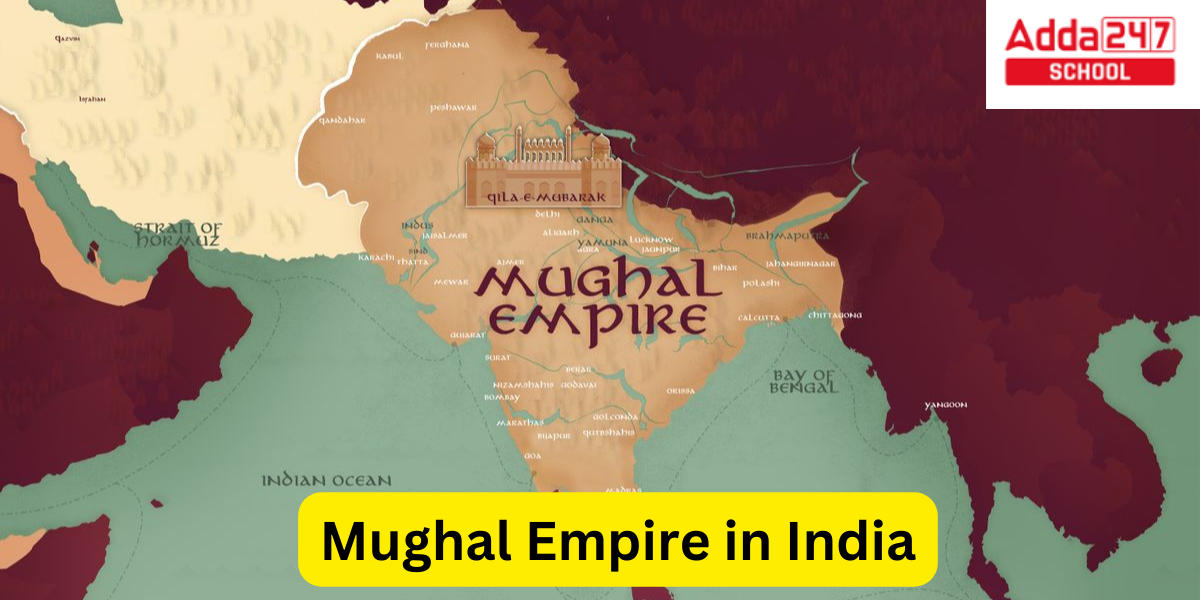







 CUET UG Final Answer Key 2025 Revised, D...
CUET UG Final Answer Key 2025 Revised, D...
 DU Cut off 2025, Delhi University Expect...
DU Cut off 2025, Delhi University Expect...
 OUAT Result 2025 OUT @ouat.nic.in: Check...
OUAT Result 2025 OUT @ouat.nic.in: Check...









